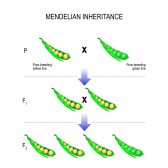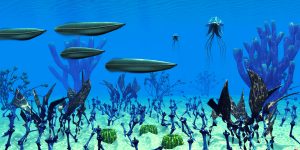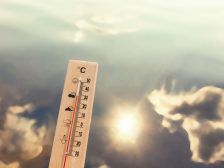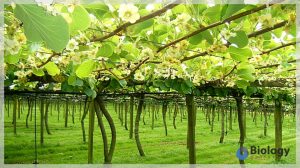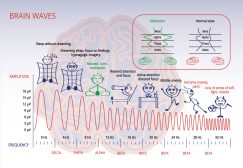
Eponychium
n., plural: eponychia
[ˌɛpəˈnɪkiəm]
Definition: Thick, live skin cell layer present underneath the proximal nail fold
Table of Contents
The eponychium is the layer present underneath the proximal nail fold that produces cuticles on the nail. Characteristically, eponychium is made up of live stratum corneum cells while the cuticle is made up of non-living or dead skin cells. Eponychium together with the cuticle forms the protective seal that protects the nail bed from moisture, infection, and injury. Let’s learn more about eponychium, its definition, anatomy, and care.
Eponychium Definition
The eponychium is the thick, layer of live cells present under the surface of the proximal nail fold on the ventral side that produces the cuticle. The visible ‘lip’ or the fold seen at the bottom (or the proximal) nail fold of the nail is eponychium.
To further understand eponychium in detail, let us first understand the structure of the nail. Briefly, the outer, hard, keratinized nail structure, which we commonly refer to as the nail is anatomically termed the nail plate, and under the nail plate is the nail bed. The nail plate is formed on a nail bed.
The soft tissue structures that function to protect the lateral and proximal sides of the nail plate are referred to as the nail fold. The soft tissues that anchor the nail plate from the left and right side are known as lateral nail folds. The skin present at the lower end of the nail plate is known as the proximal nail fold.
The whole nail complex is referred to as perionychium. Primarily, the nail complex or perionychium consists of the following parts:
- Nail plate
- Nail bed
- Proximal fold
- Distal groove (or hyponychium)
- Lateral groove (or paronychium)
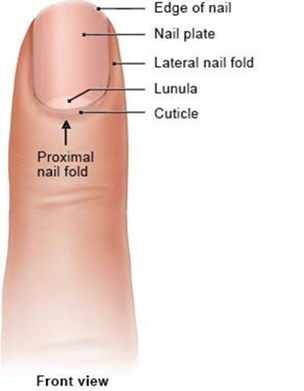 | 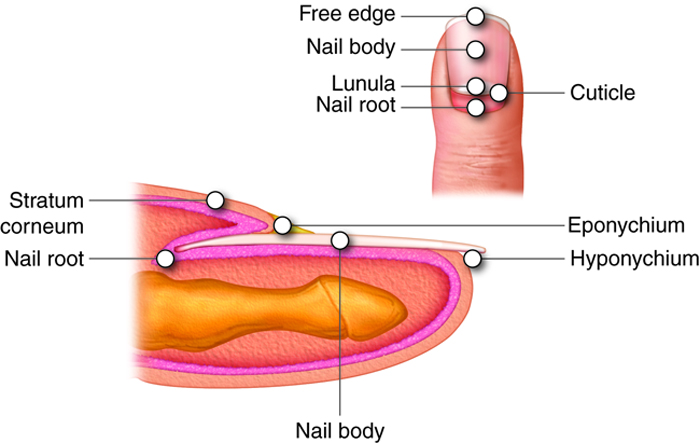 |
| Figure 1: Basic parts of the nail. Image Credit: Left: InformedHealth.org. Cologne, Germany: Institute for Quality and Efficiency in Health Care (IQWiG); 2006-. Structure of the nails. 2018 Jun 28, NIH. Right: Integumentary Levels of Organization, Ccconline.org. | |
The extension of the stratum corneum at the proximal nail fold is the eponychium. The eponychium is made up of live skin cells that produce a thin layer of dead cells known as the cuticle. Cuticle is produced by the eponychium and functions to hold the nail plate.
Also, the cuticle together with eponychium function to protect the nail bed from moisture, infection, allergens, and irritants. Eponychium and cuticle act as a protective seal that protects the nail bed and matrix from moisture and infection. (Figure 2)
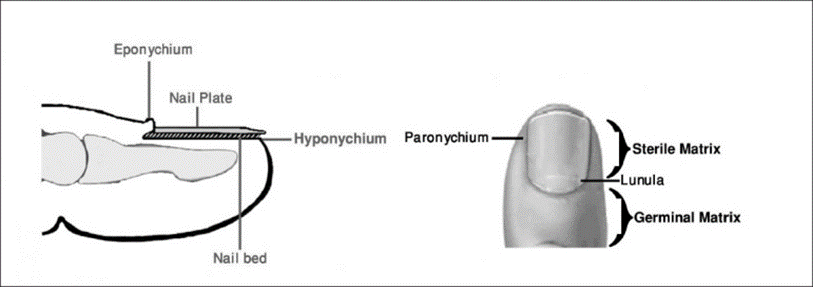
Watch this vid about Eponychium:
Biology definition:
An eponychium is the thick, live skin cell layer present underneath the proximal nail fold. Etymology: from Ancient Greek ἐπί (epí), meaning “on top of” and ὀνῠ́(χιον), from “onúkhion”, meaning “little claw”.
What is the Difference Between the Cuticle and the Eponychium?
The terms “cuticle” and “eponychium” are often regarded as synonyms. However, the cuticle and eponychium are not the same part of the nails. The cuticle is the translucent, thin membrane made up of a dead skin cell layer produced by the eponychium and is present at the lower end (the proximal part) of the nail.
While the eponychium is the thickened layer of living skin cell layer present in the proximal nail that produces the cuticles.
In summary, eponychium is a living tissue that produces the cuticle; the cuticle, in turn, is a nonliving tissue.
Note it!
The cuticles produced by eponychium are not for aesthetic purpose, rather, the cuticle is the protective translucent layer on the skin that protects from foreign infection and act as a moisture barrier to the nail bed.
Should you Cut the Eponychium?
The eponychium is often confused with a cuticle and is often mistakenly chopped off during a manicure. As mentioned earlier, eponychium is made up of living cells and thus it should not be trimmed or cut off. Chopping off eponychium may lead to bleeding and thickening of the eponychium layer. Also, eponychium tends to dry off and start to peel. Hence, eponychium should be moisturized regularly to keep them in healthy condition.
Note it!
All hoofed animals like cows and horses are born with eponychium attached to the hard hooves of the infant animal. The eponychium in a newborn horse is rubbery, finger-like projections attached to the keratinized hooves and is known as ‘foal slippers’, ‘golden slippers’, or ‘fairy fingers’. The foal slippers serve to provide protection to the mare from injury during the birthing process due to the well-developed hooves of the foal. The eponychium is also part of the permanent hoof in hoofed animals.
Take the Quiz!
References
- Bharathi, R. R., & Bajantri, B. (2011). Nail bed injuries and deformities of nail. Indian journal of plastic surgery : official publication of the Association of Plastic Surgeons of India, 44(2), 197–202. https://doi.org/10.4103/0970-0358.85340
- Haneke E. (2015). Anatomy of the nail unit and the nail biopsy. Seminars in cutaneous medicine and surgery, 34(2), 95–100. https://doi.org/10.12788/j.sder.2015.0143
- Pulawska-Czub, A., Pieczonka, T. D., Mazurek, P., & Kobielak, K. (2021). The Potential of Nail Mini-Organ Stem Cells in Skin, Nail and Digit Tips Regeneration. International journal of molecular sciences, 22(6), 2864. https://doi.org/10.3390/ijms22062864
- Brahs, A. B., & Bolla, S. R. (2021). Histology, nail. In StatPearls [Internet]. StatPearls Publishing. https://www.ncbi.nlm.nih.gov/books/NBK539733/
©BiologyOnline.com. Content provided and moderated by Biology Online Editors.


